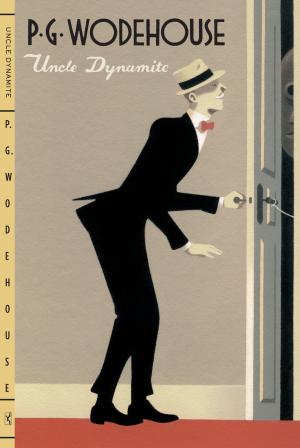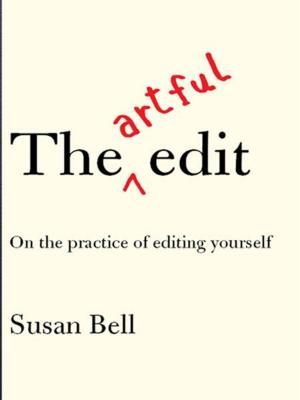A Clinical Introduction to Freud: Techniques for Everyday Practice
Nonfiction, Health & Well Being, Psychology, Psychoanalysis, Psychotherapy| Author: | Bruce Fink | ISBN: | 9780393711974 |
| Publisher: | W. W. Norton & Company | Publication: | March 21, 2017 |
| Imprint: | W. W. Norton & Company | Language: | English |
| Author: | Bruce Fink |
| ISBN: | 9780393711974 |
| Publisher: | W. W. Norton & Company |
| Publication: | March 21, 2017 |
| Imprint: | W. W. Norton & Company |
| Language: | English |
Freud’s central theories explained in the context of modern therapy.
Often overlooked because he is so easy to mock, ridicule, or just plain misunderstand, Freud introduced many techniques for clinical practice that are still widely employed today. Yet surprisingly, there has never been a clinical introduction to Freud's work that might be of use to students and professionals in their everyday lives and careers. Until now.
Bruce Fink, who is his generation's most respected translator of Lacan's work and a profound interpreter of Freud's, has written the definitive clinical introduction to Freud. This book presents Freud in an eminently usable way, providing readers with a plethora of examples from everyday life and clinical practice illustrating the insightfulness and continued applicability of Freud's ideas.
The overriding focus is on techniques Freud developed for going directly toward the unconscious, illustrating how we can employ them today and perhaps even improve on them. Fink also lays out many of Freud's fundamental concepts—such as repression, isolation, displacement, anxiety, affect, free association, repetition, obsession, and wish-fulfillment—and situates them in highly applicable clinical contexts.
The emphasis throughout is on the myriad techniques developed by Freud that clinicians of all backgrounds and orientations can draw upon to put in their therapy toolbox, whether or not they identify as "Freudians."
With references ranging from Star Trek and the Moody Blues to hard drives and unicorns, Bruce Fink's elegant writing brings Freud into sharp focus for clinicians of all backgrounds. To readers who ask with an open mind "Does this approach allow me to see anything that I had not seen before in my clinical work?" this book will offer many new insights.
Freud’s central theories explained in the context of modern therapy.
Often overlooked because he is so easy to mock, ridicule, or just plain misunderstand, Freud introduced many techniques for clinical practice that are still widely employed today. Yet surprisingly, there has never been a clinical introduction to Freud's work that might be of use to students and professionals in their everyday lives and careers. Until now.
Bruce Fink, who is his generation's most respected translator of Lacan's work and a profound interpreter of Freud's, has written the definitive clinical introduction to Freud. This book presents Freud in an eminently usable way, providing readers with a plethora of examples from everyday life and clinical practice illustrating the insightfulness and continued applicability of Freud's ideas.
The overriding focus is on techniques Freud developed for going directly toward the unconscious, illustrating how we can employ them today and perhaps even improve on them. Fink also lays out many of Freud's fundamental concepts—such as repression, isolation, displacement, anxiety, affect, free association, repetition, obsession, and wish-fulfillment—and situates them in highly applicable clinical contexts.
The emphasis throughout is on the myriad techniques developed by Freud that clinicians of all backgrounds and orientations can draw upon to put in their therapy toolbox, whether or not they identify as "Freudians."
With references ranging from Star Trek and the Moody Blues to hard drives and unicorns, Bruce Fink's elegant writing brings Freud into sharp focus for clinicians of all backgrounds. To readers who ask with an open mind "Does this approach allow me to see anything that I had not seen before in my clinical work?" this book will offer many new insights.















